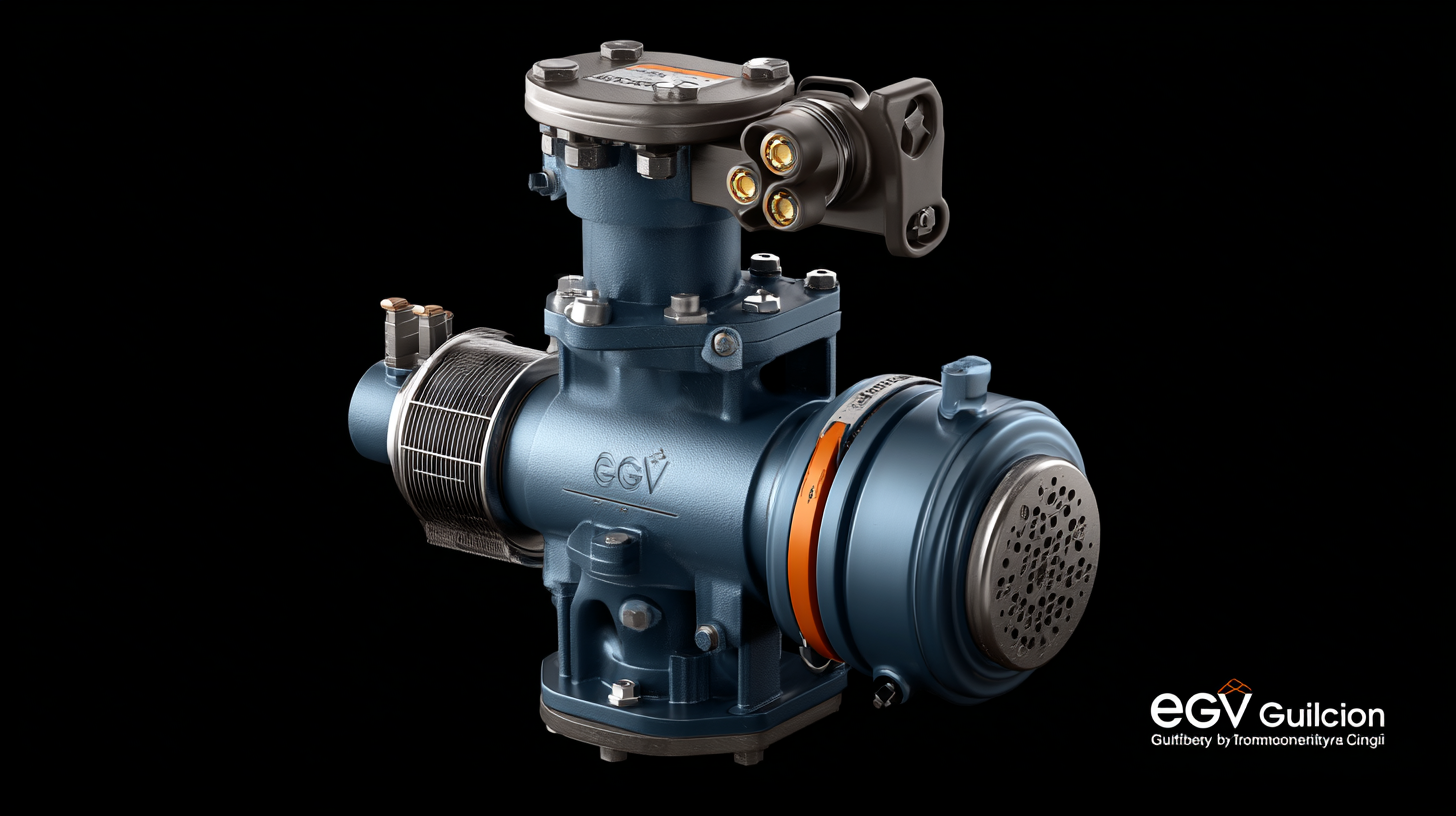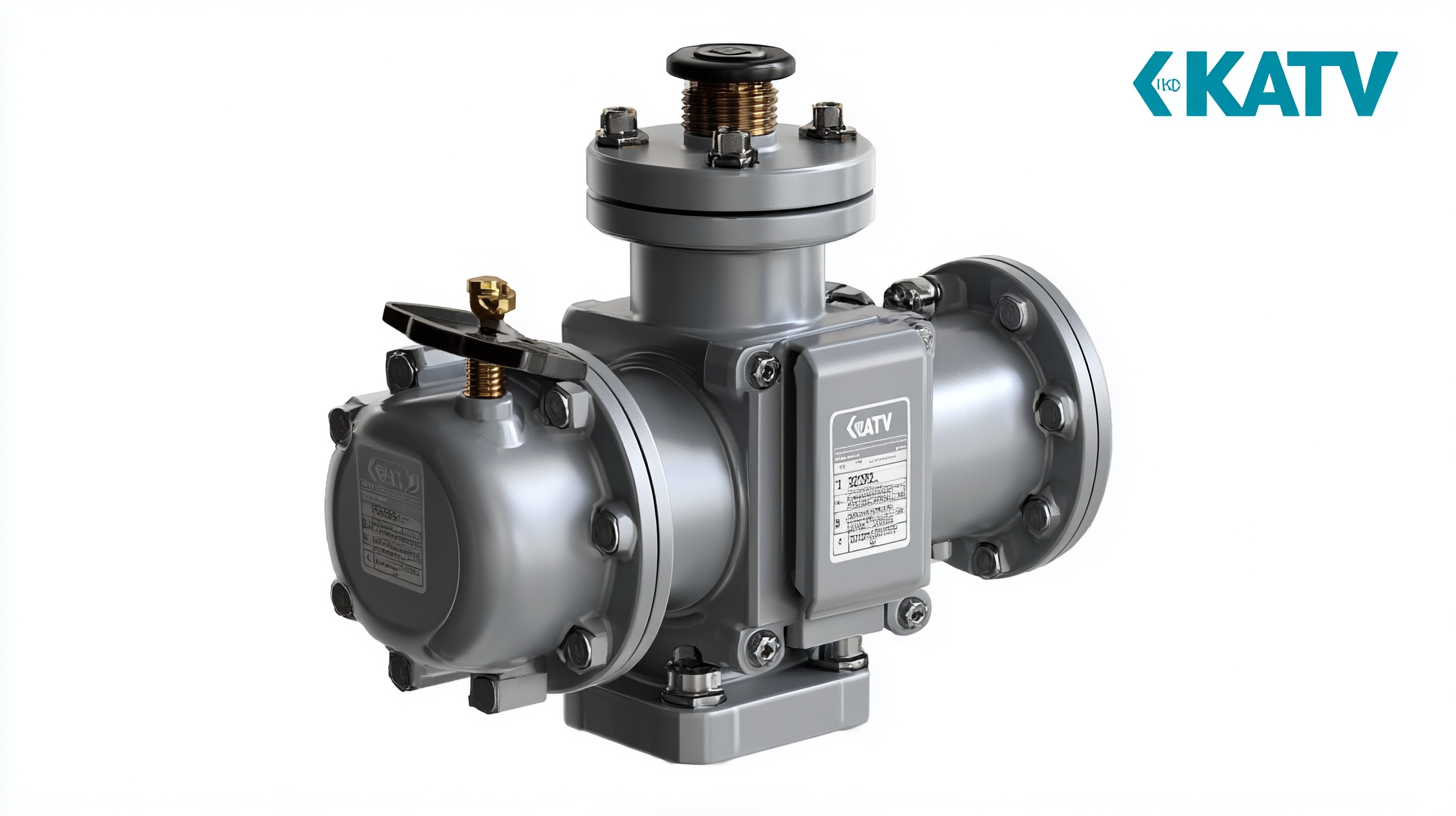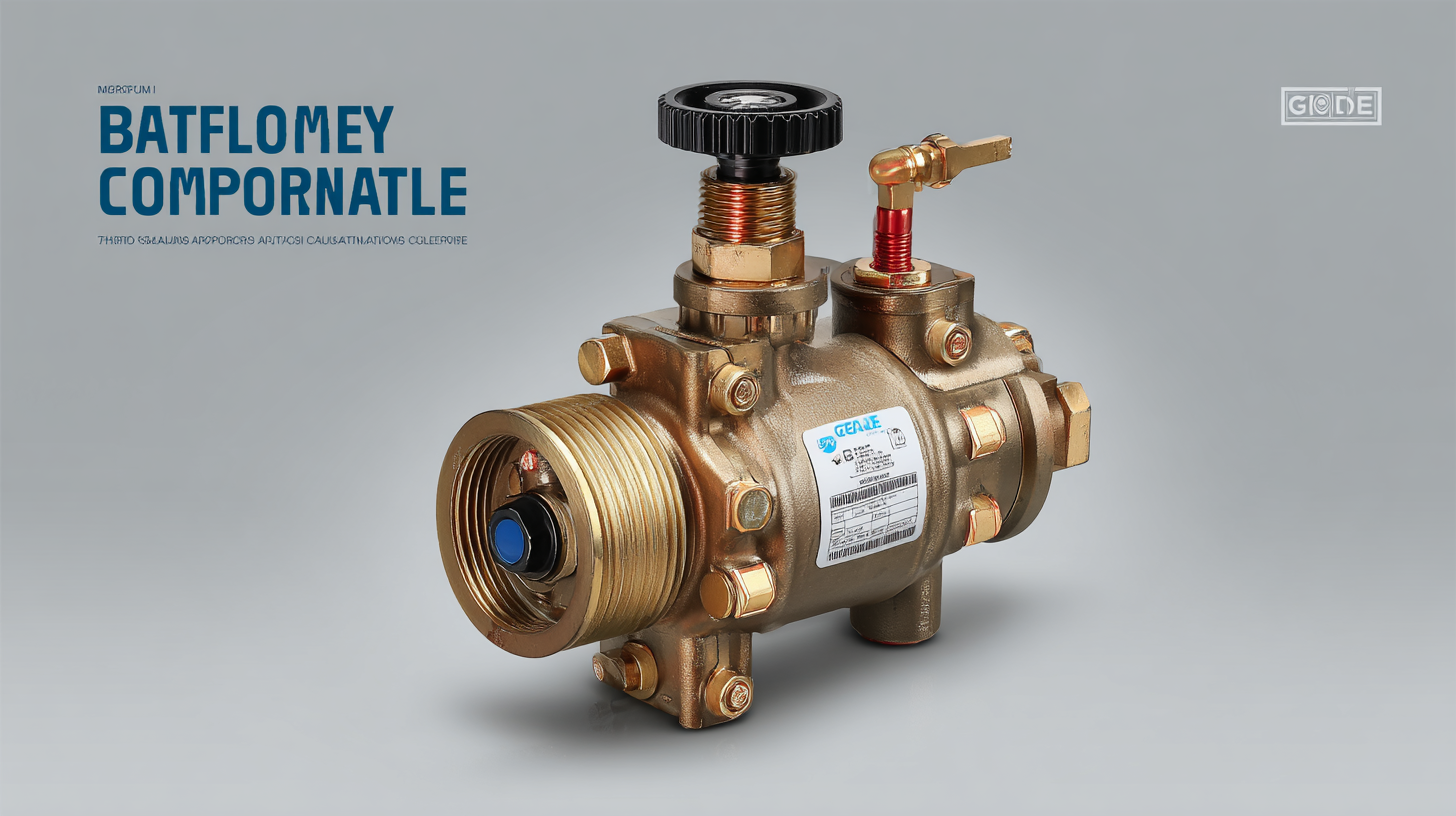In today's global market, navigating compliance for the best butterfly valve actuators is paramount for supply chain efficiency and competitiveness. According to a report by Research and Markets, the global butterfly valve market is projected to reach USD 8.43 billion by 2026, driven by increasing demand across various industries including oil and gas, water and wastewater treatment, and power generation. However, varying import and export regulations can pose significant challenges for manufacturers and suppliers of butterfly valve actuators. The effective management of these compliance requirements not only ensures smooth cross-border transactions but also mitigates risks associated with penalties and product recalls. As digital tools and top-tier certification programs evolve, they play a crucial role in streamlining global trade compliance, enabling stakeholders to focus on quality and innovation in their offerings.

Navigating the complexities of global trade compliance is crucial for businesses sourcing best butterfly valve actuators in their supply chains. Recent industry reports indicate that compliance-related issues can lead to a staggering 20% increase in operational costs for manufacturers. As companies operate in an increasingly global environment, understanding trade regulations such as the Export Administration Regulations (EAR) and International Traffic in Arms Regulations (ITAR) becomes essential to ensure smooth operations. Adhering to these regulations not only mitigates risks of costly fines but also enhances a company's reputation and reliability in the eyes of suppliers and customers alike.
Moreover, the rise of digital tools and platforms has transformed how companies manage their compliance obligations. According to a 2022 report by the Global Trade Compliance Association, over 60% of companies have adopted automated compliance solutions to streamline their processes. With such tools, organizations can better track regulatory changes and ensure they are sourcing materials from compliant suppliers. Emphasizing the importance of due diligence in supplier selection is vital; a recent study found that companies with stringent compliance measures experienced 30% fewer disruptions in their supply chains. Thus, investing in comprehensive trade compliance strategies is not just a legal necessity, but a strategic advantage in the competitive landscape of butterfly valve actuator procurement.

When it comes to the global trade of butterfly valve actuators, understanding the key regulations is crucial for ensuring compliance and smooth operations within your supply chain. Various international trade agreements, tariffs, and export controls can significantly impact the import and export of these components. Familiarity with regulations from bodies such as the International Trade Administration (ITA) or the Export Administration Regulations (EAR) can help businesses avoid costly penalties and delays.
Tip: Always conduct a thorough risk assessment of your trade practices to identify potential regulatory changes that could affect your butterfly valve actuator imports or exports. Staying informed about the latest trade policies can give you a competitive edge.
Additionally, specific regulations pertaining to safety and environmental standards cannot be overlooked. Organizations such as the American National Standards Institute (ANSI) and the International Organization for Standardization (ISO) set benchmarks that actuator manufacturers must meet. Ensuring that your suppliers are compliant with these standards can mitigate risks and streamline your supply chain process.
Tip: Establish strong communication channels with your suppliers to keep abreast of any changes in their compliance status, which could affect your procurement strategy. Regular audits and inspections can also ensure adherence to necessary regulations, further securing your operations.
In today's interconnected marketplace, ensuring compliance in your supply chain is crucial, especially when dealing with complex products like butterfly valve actuators. The first step in establishing best practices is to conduct a thorough understanding of the regulatory landscape both domestically and internationally. This includes staying updated on export controls, import tariffs, and environmental regulations that may impact the sourcing and distribution of your actuators. Collaborating with legal and compliance experts can also help navigate these complexities while mitigating risks associated with non-compliance.

Another essential practice is to maintain transparent communication with suppliers and manufacturers. This involves sharing compliance expectations clearly and regularly auditing their operations to ensure they align with your company’s standards. Investing in training for your supply chain team is equally vital; familiarizing them with compliance requirements can significantly reduce the likelihood of errors. Additionally, utilizing technology solutions, such as compliance management software, can streamline the tracking of documentation and regulatory updates, ensuring that your supply chain remains agile and compliant in a rapidly changing environment.
In today's increasingly interconnected world, sourcing butterfly valve actuators across borders involves navigating a complex landscape of
trade compliance. To mitigate trade risks, companies must adopt strategic practices
that ensure compliance while maintaining efficiency in their supply chains. One effective strategy is to conduct thorough
due diligence on suppliers. This includes assessing their compliance
with both local and international regulations, as well as their ability to meet quality standards. Engaging with suppliers who have a
proven track record in trade compliance can significantly reduce the potential
for delays and penalties.
Another crucial tactic is to stay updated on changing trade laws and tariffs that may impact the import and export of valve actuators.
Regularly reviewing trade agreements and participating in industry forums can provide valuable insights into regulatory shifts.
Additionally, implementing a robust supply chain management system that includes risk assessment tools can help identify vulnerabilities early on.
Companies can invest in training for their procurement teams to recognize and navigate compliance issues effectively, ultimately leading
to a more resilient and compliant supply chain for butterfly valve actuators.
In today's fast-paced global market, ensuring compliance in the supply chain of butterfly valve actuators is more critical than ever. Leveraging technology plays a pivotal role in streamlining compliance management. According to a recent report by the International Chamber of Commerce, non-compliance costs businesses an average of 3-5% of their total revenue, highlighting the need for effective solutions. By integrating advanced compliance management systems, companies can automate monitoring processes, reduce human error, and maintain up-to-date regulatory information across multiple jurisdictions.
Digital tools such as artificial intelligence and machine learning can further enhance compliance efforts by analyzing vast datasets to identify potential risks early on. A study from McKinsey & Company indicates that organizations that implement technology-driven compliance measures can achieve up to a 30% reduction in compliance-related costs. As organizations navigate the complexities of international trade, embracing technological advancements not only optimizes compliance management but also fosters a more resilient supply chain essential for securing best-in-class butterfly valve actuators in a competitive marketplace.